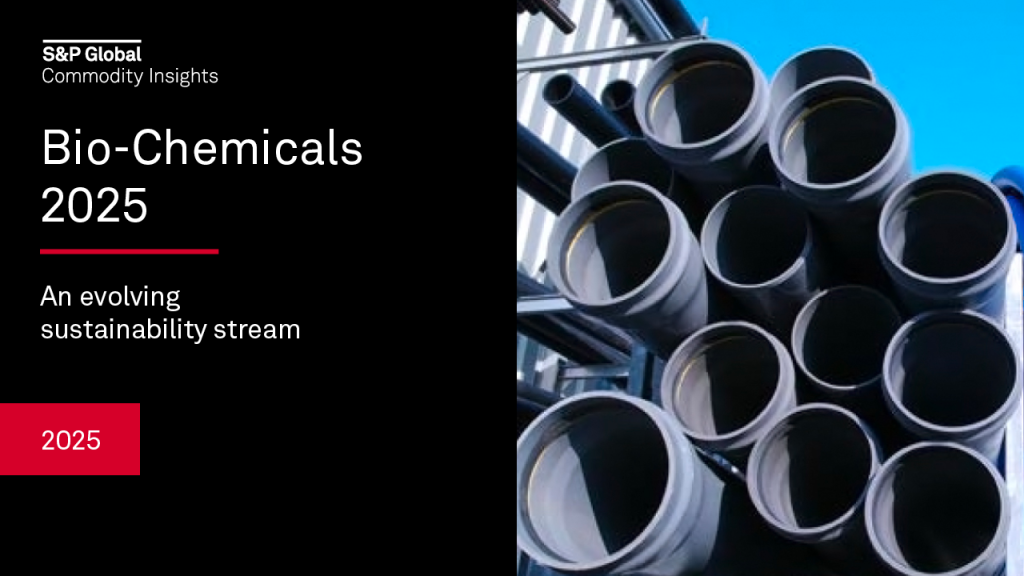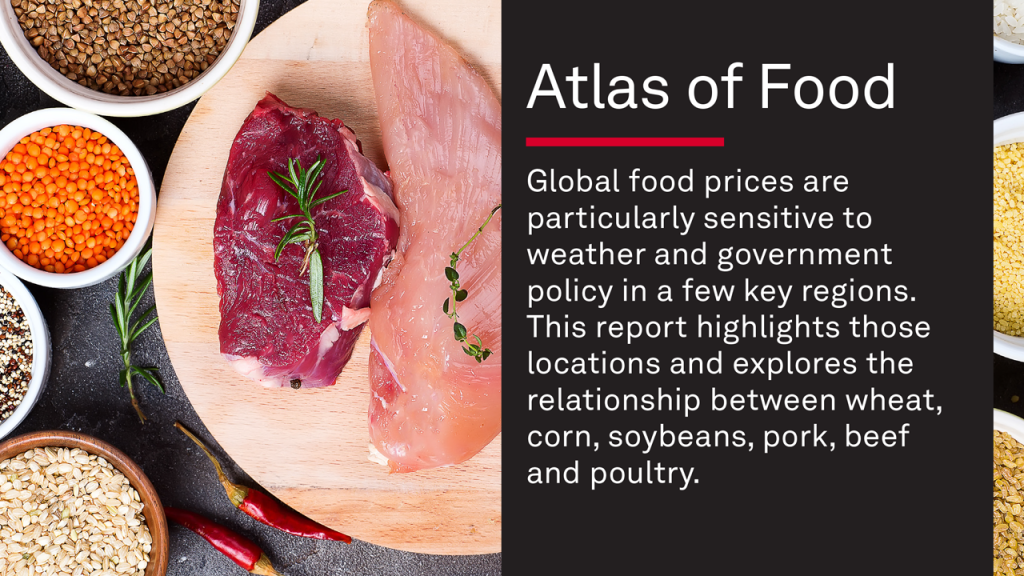Climate leader or laggard? This new tool helps discern the difference
Introducing the 'Climate Strategy Window' to avoid knee-jerk condemnation or praise of corporate action on climate. Read More

- This frame contains the range of climate actions a company might reasonably pursue given its unique stakeholders.
- The window helps explain the wildly different approaches to climate seen in the private sector.
- Bold leadership on climate can expand the window and empower others to take action.
When it comes to action on climate, there are companies that swing for the fences. And there are those who seem to hope this whole climate change thing will go away.
The flooring manufacturer Interface, for example, introduced a carbon-neutral product in 2003, before many had even heard of the concept. Now, the company aims to be carbon negative by 2040 — without using offsets.
Contrast that with Publix Supermarkets, which operates more than 1,400 stores in the U.S. The company has no emissions targets and recently published a 51-page impact report that doesn’t contain a single use of the word “climate.”
What explains this divergence? It’s a question the Trellis team has been grappling with as we publish installments of Chasing Net Zero, our company-by-company look at progress toward net-zero targets.
One answer lies in the set of goals and strategies a company might realistically employ — the window, you might say, that frames its opportunities and constraints.
Size up what’s possible for companies
It’s an idea adapted from politics. The Overton Window describes the policy ideas that the voting public considers acceptable. Politicians might be drawn to ideas outside the window — doubling income tax, say, or abolishing all forms of public healthcare. But they tend to keep quiet about those yearnings, because ideas outside the window are likely to get you voted out of office.
Something similar operates in corporate climate action. Let’s call it the Climate Strategy Window. Here, it’s not voters but stakeholder groups — investors, customers, regulators, the media and more — that shape the window. These groups have different ideas about what makes for an acceptable climate strategy, and this range of opinion defines the boundaries of what’s possible for companies.
The window helps explain the wildly different approaches to climate in the private sector. Our Chasing Net Zero profile of ArcelorMittal noted that the steel giant set ambitious climate goals in 2021 — then largely failed to deliver on them. That’s partly because Arcelor and its peers have been buffeted by window-narrowing forces, including the high price of renewable energy, over-supply from China and a dearth of buyers willing to pay a premium for low-carbon steel.
Compare that with the tech sector, where the window for ambitious climate strategies is dramatically wider. It’s been stretched by demands from a workforce that skews progressive, competition between companies to present a climate-friendly image to consumers and profit margins that give companies the flexibility to fund climate action. In fact, the current window for tech companies is so wide that some experts argue that Microsoft and peers should invest more.
How to apply the Climate Strategy Window
Thinking about the Climate Strategy Window that companies operate within helps me resist the temptation for knee-jerk condemnation and praise. It also illuminates leadership — and the lack of it.
As a food retailer, Publix answers to some stakeholder groups that tend to be supportive of action on climate, including the food companies it buys from and shoppers in the more progressive areas it operates in. What’s more, many rivals in food retail, perhaps most notably Walmart, are known for ambitious climate strategies. Publix’s window is relatively broad, in other words. If so, it’s fair to ask why its leaders are not doing more.
Then there’s Interface. The company would have been just fine had it waited a decade or more before doing anything about climate. But the late Ray Anderson, the Interface CEO who originated the company’s sustainability strategy, realized that opportunities for radical action lay within the boundaries of what was possible. That’s why Anderson is revered: He sized up the window and aimed for the edge.
Leaders such as Anderson do more than decarbonize their own companies when they take risks — they also mainstream once radical ideas and move the window for other businesses. The tumultuous politics of recent years show just how quickly the Overton Window can shift, and the same could happen to the Climate Strategy Window.
So what’s your out-of-reach strategy for corporate climate action? Make some noise about it now, and the window may stretch toward it.

Subscribe to Trellis Briefing
Featured Reports

The Premier Event for Sustainable Business Leaders















